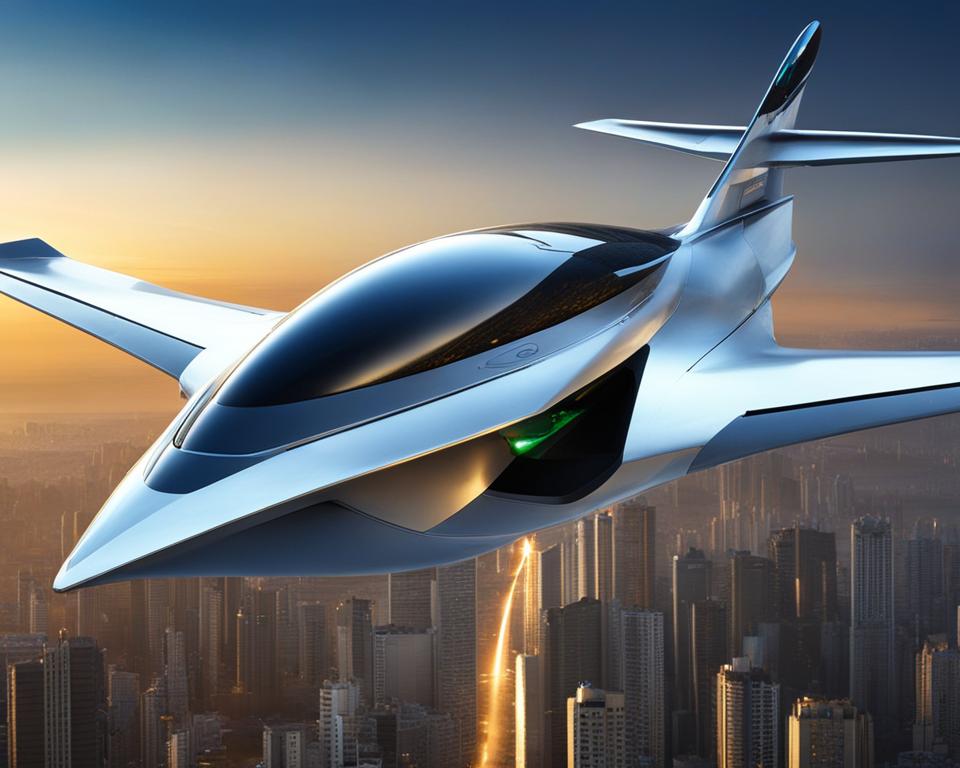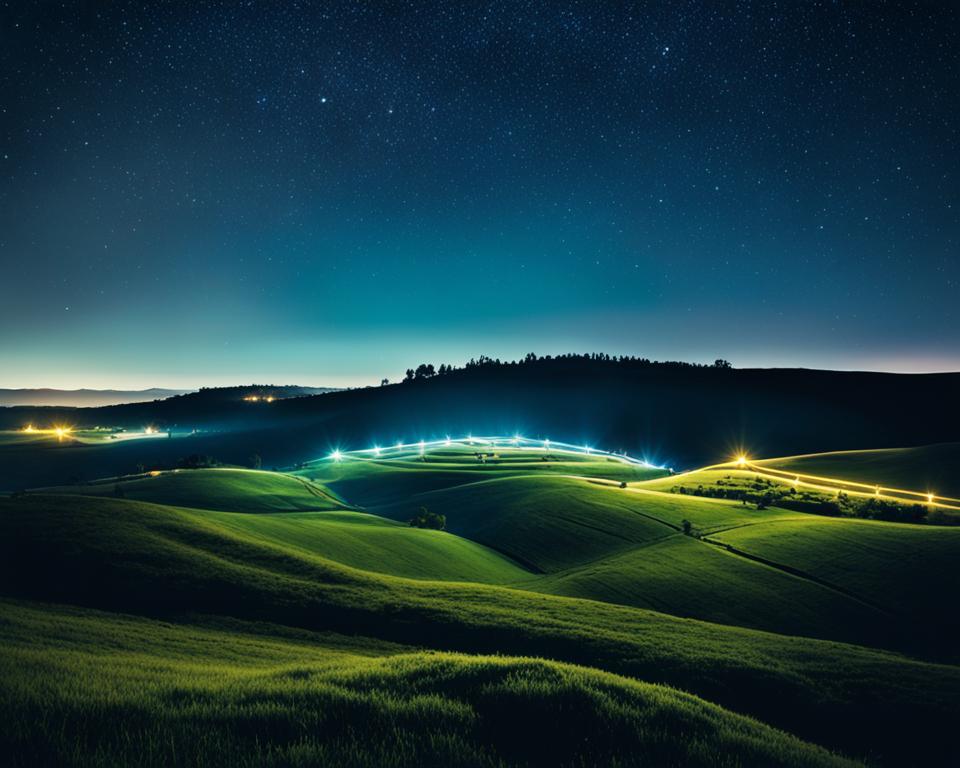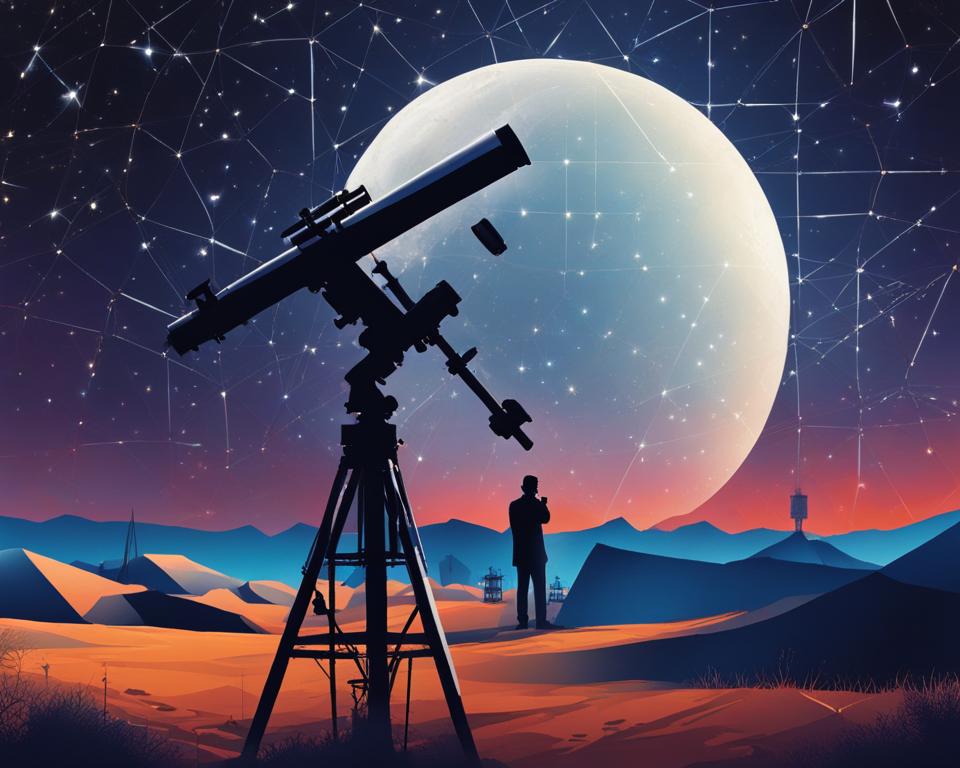Adverts
A International Space Station (ISS) is a complex of research laboratories in Earth orbit, built by international collaboration. Since its launch in 2000, the ISS has been a landmark in history of space exploration, opening doors to great discoveries and scientific advances.
Adverts
Composed of several modules and elements built by space agencies around the world, such as NASA, Roscosmos, ESA, JAXA and CSA, the ISS makes it possible to carry out experiments in a microgravity environment, providing valuable insights in the areas of biology, chemistry, physics, medicine and engineering.
Since its inception in 2000, the ISS has welcomed 263 people from 20 different countries, who have contributed to the continued evolution of the space station and the expansion of human knowledge.
Adverts
Main highlights:
- A International Space Station is a complex of research laboratories orbiting the Earth.
- It was built through international collaboration between space agencies from different countries.
- The ISS has already welcomed 263 people from 20 different countries.
- Continuous occupation of the station allows research and experiments to be carried out in a microgravity environment.
- The ISS orbits the Earth at a altitude average of 400 km and completes a lap every 90 minutes.
The construction of the International Space Station
A International Space Station (ISS) was built over 11 years, with the collaboration of several space agencies. Since the project began in 1998, the construction of the ISS has involved the joint work of NASA, Roscosmos, ESA, JAXA and CSA.
For the assembly of the ISS, 42 space flights were carried out, transporting the main parts that make up the station. Of this total, 37 flights were carried out by American space shuttles and 5 for Russian Proton/Soyuz rockets.
A current ISS configuration It is impressive. Weighing in at over 419 tonnes, it measures 109 metres from end to end. The station’s growth is evident, from a small orbital assembly of three modules to a large-scale research complex.
The ISS has six bedrooms, two bathrooms, a gym and even a 360-degree panoramic window, which offers stunning views of space.
Check out the current ISS configuration in a table:
See too:
| Number | Module | Country / Space Agency |
|---|---|---|
| 1 | Zarya | Russia / Roscosmos |
| 2 | Star | Russia / Roscosmos |
| 3 | Unity | United States / NASA |
| 4 | Destiny | United States / NASA |
| 5 | Columbus | Europe / ESA |
| 6 | Kibo | Japan / JAXA |
| 7 | Node 2: Harmony | United States / NASA |
| 8 | Quest | United States / NASA |
| 9 | Leonardo | United States / NASA |
In its current configuration, the ISS provides a unique space research and discovery location where scientists and astronauts of different nationalities work together to explore and understand the universe.
Read on to learn more about the occupations and research conducted on the International Space Station.
The occupation of the International Space Station
Since the first module was launched on November 2, 2000, the International Space Station has never been empty. It has already received 263 people from 20 different countries. The continued human presence on the ISS has allowed for the addition and reconfiguration of elements over the years. astronauts have already performed 253 spacewalks for the assembly, maintenance and upgrades of the space station.
International crews on the ISS
The occupation of the International Space Station has been composed of international crews, representing different space agencies around the world. Various astronauts Renowned scientists have been aboard the ISS, including:
- Yuri Gagarin (Russia)
- Neil Armstrong (United States)
- Valentina Tereshkova (Russia)
- Peggy Whitson (United States)
- Chris Hadfield (Canada)
- Tim Peake (UK)
Spacewalks: Building, Maintaining, and Upgrading the ISS
To the spacewalks are crucial activities for the assembly, maintenance, and upgrades of the International Space Station. During these walks, astronauts perform tasks such as docking modules, replacing equipment, and conducting experiments. These activities require specialized training and are essential to ensuring the full functioning of the ISS.
| Year | Number of Astronauts | Countries Represented |
|---|---|---|
| 2000 | 3 | Russia, United States |
| 2001 | 7 | Russia, United States |
| 2002 | 7 | Russia, United States |
| 2003 | 8 | Russia, United States |
| 2004 | 7 | Russia, United States, Canada |
| 2005 | 7 | Russia, United States, Brazil |
The characteristics of the International Space Station
The International Space Station (ISS) has fascinating features that make it an incredible achievement of engineering and space explorationLet's get to know some of them:
Altitude
The ISS orbits the Earth at a altitude an average of 400 km. Being at this distance from the planet's surface allows astronauts on board to have a privileged view of our planet and the wonders of space.
Speed
The International Space Station travels in a speed surprising 28,200 km/h. This speed amazing allows the ISS to complete a complete revolution around the Earth every 90 minutes.
Complete lap around the Earth
With your speed Impressively, the ISS orbits the Earth 16 times in a single day. This means that astronauts aboard the space station witness the sunrise and sunset 16 times in a 24-hour period. A unique and incredible experience!
These features of the International Space Station reveal the dynamic and fascinating nature of the space exploration. A altitude The speed at which it operates, the pace at which it travels, and the rhythm of its orbits around the Earth provide a unique experience for the astronauts on board. The ISS continues to spark humanity's fascination and curiosity, opening doors to scientific research and the discovery of new horizons.
Research and experiments on the International Space Station
The International Space Station (ISS) is an orbiting laboratory dedicated to conducting a wide variety of scientific research and experiments. The microgravity present in the space environment offers unique conditions for conducting experiments in the areas of biology, chemistry, physics, medicine, engineering and technology.
Onboard the ISS, astronauts have access to advanced research facilities that allow them to conduct hundreds of high-impact experiments. Scientists from more than 108 countries have conducted more than 3,300 investigations on the space station, exploring not only the effects of microgravity on various organisms and materials, but also seeking solutions to challenges faced on Earth.
Benefits for society
Research conducted on the International Space Station has yielded a series of benefits to society. You experiments in microgravity environment provide important insights and generate knowledge that is applied in a variety of areas, from more effective medicines and therapies to innovative technologies.
In the health field, for example, research on the ISS has contributed to the understanding of diseases and biological processes, enabling the development of new therapies and medicines. In addition, microgravity has been used to grow tissues and organs in the laboratory, paving the way for regenerative medicine.
A space exploration It also brings benefits to industry and technology. New, stronger and lighter materials, advances in energy efficiency and new manufacturing methods are just some examples of the contributions of research on the ISS to technological development.

Microgravity experiments
Experiments conducted on the ISS take advantage of microgravity to investigate how the absence of gravity affects different processes. This absence of gravitational force allows researchers to study phenomena that would not be possible to observe on Earth.
In biology, for example, experiments on the ISS have provided a better understanding of how cells grow and develop, as well as the effects of microgravity on the immune system. These studies are essential for the advancement of medicine and could lead to more effective therapies for various diseases.
In the field of physics, experiments at the ISS have contributed to the understanding of phenomena such as capillarity, combustion and crystallization. These studies allow the development of new materials and processes that can have applications in areas such as electronics, energy and construction materials.
| Research area | Examples of experiments |
|---|---|
| Biology | Study of cell growth in microgravity, effects of microgravity on the immune system |
| Chemical | Research on capillarity, crystallization and chemical reactions in microgravity environment |
| Physical | Studies on fluids, magnetic behavior and physical properties in microgravity |
| Medicine | Research into innovative therapies and drug testing in a microgravity environment |
These are just a few examples of the experiments being conducted on the International Space Station. Research on the ISS continues to be an area of great interest and promises to bring ever more benefits to society, driving new scientific and technological discoveries.
Spotting the International Space Station
The International Space Station can be seen with the naked eye from anywhere in Brazil. To find out when and where it will be visible in your region, you can use the “Spot the Station” tool from NASA. Just type in the name of your city to see the date, time, visibility time and position in the sky of the ISS.
Additionally, it is possible to simulate the sighting of the station using the online planetarium Stellarium Web. With this simulation, you can identify the exact moment when the ISS will be visible in your region and know in which direction to look.
| Date | Time | Visibility Time | Position in the Sky |
|---|---|---|---|
| 29/09/2022 | 20:21 | 3 minutes | Northwest to Northeast |
| 30/09/2022 | 19:35 | 4 minutes | West to Southeast |
| 01/10/2022 | 20:49 | 2 minutes | Northwest to Southwest |
Conclusion
The International Space Station is an achievement of international collaboration and a milestone in history of space exploration. Composed of several modules built by different space agencies, the ISS has been an important laboratory for scientific research in a microgravity environment.
They have already received 242 astronauts and space tourists, who have contributed to scientific and technological advancement through research carried out at the station. This research has generated benefits to society, resulting in new technologies and scientific discoveries.
A visit to the International Space Station is a unique experience. You can also see the station with the naked eye using online tools. Come and marvel at the incredible achievements of space exploration and the contributions to the scientific research and technological development in the ISS.
FAQ
How was the International Space Station built?
The International Space Station was built over 11 years, with the collaboration of several space agencies. The main parts for the assembly of the ISS were taken into space in 42 flights, 37 of which were carried out by American space shuttles and 5 for Russian Proton/Soyuz rockets.
What are the features of the International Space Station?
A current ISS configuration It has a mass of over 419 tons and measures 109 meters from end to end. It orbits the Earth at an average altitude of 400 km and completes a revolution every 90 minutes. Traveling at a speed of 28,200 km/h, the space station covers a distance equivalent to a round trip to the Moon in about a day.
How many people have been to the International Space Station?
Since the beginning of its occupation on November 2, 2000, the ISS has received 263 people from 20 different countries.
What research is carried out on the International Space Station?
The International Space Station is an orbiting laboratory dedicated to conducting experiments in a microgravity environment. It has a variety of research facilities that allow hundreds of experiments to be conducted in the areas of biology, chemistry, physics, medicine, engineering and technology.
How can I see the International Space Station?
The International Space Station can be seen with the naked eye from anywhere in Brazil. To find out when and where it will be visible in your region, you can use the “Spot the Station” tool from NASA. Just type in the name of your city to see the date, time, visibility time and position in the sky of the ISS.
What are the benefits of research conducted on the International Space Station?
Research conducted on the ISS has generated benefits for society and contributed to scientific and technological advances. In addition, this research has brought new technologies for space exploration and scientific discoveries.
How important is the International Space Station?
The International Space Station is an achievement of international collaboration and a milestone in history of space exploration. It has been an important laboratory for scientific research in microgravity environments and has already received more than 242 astronauts and space tourists.




